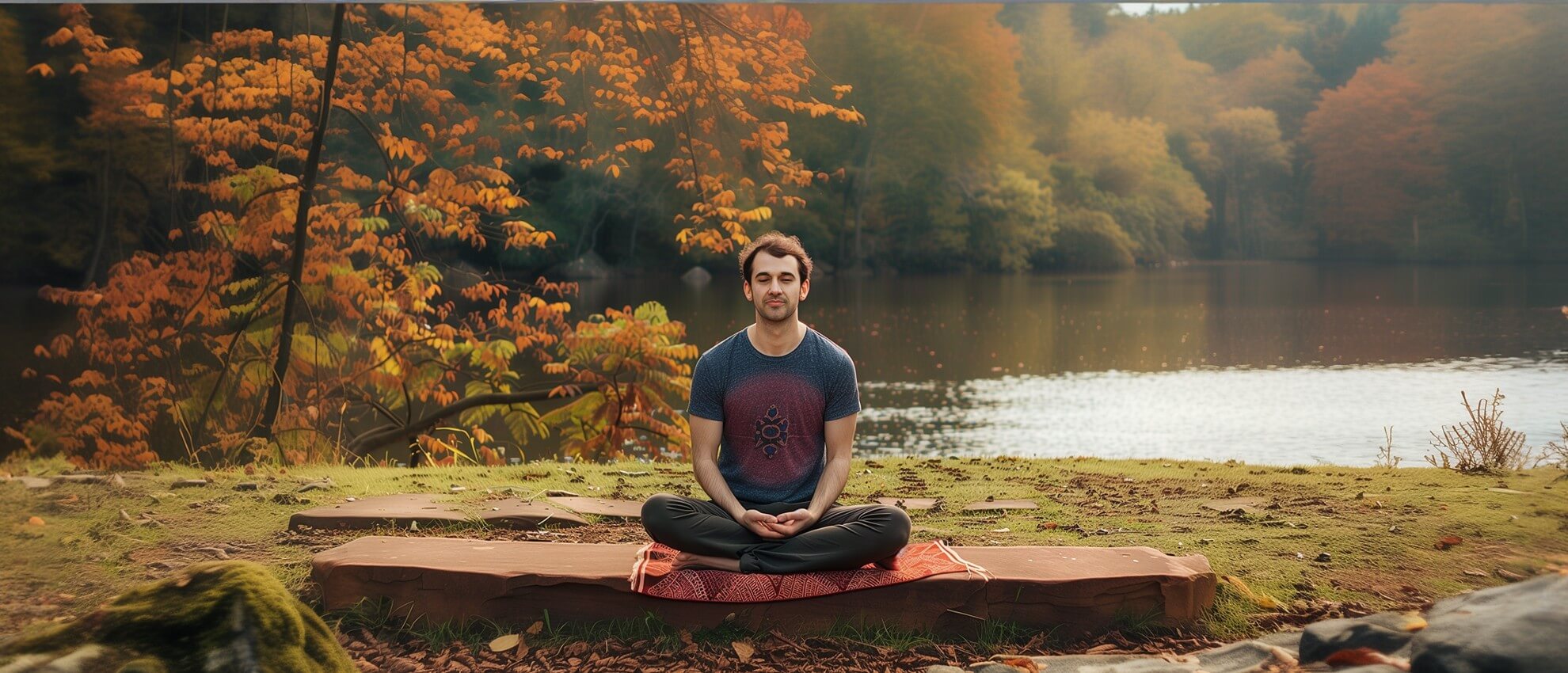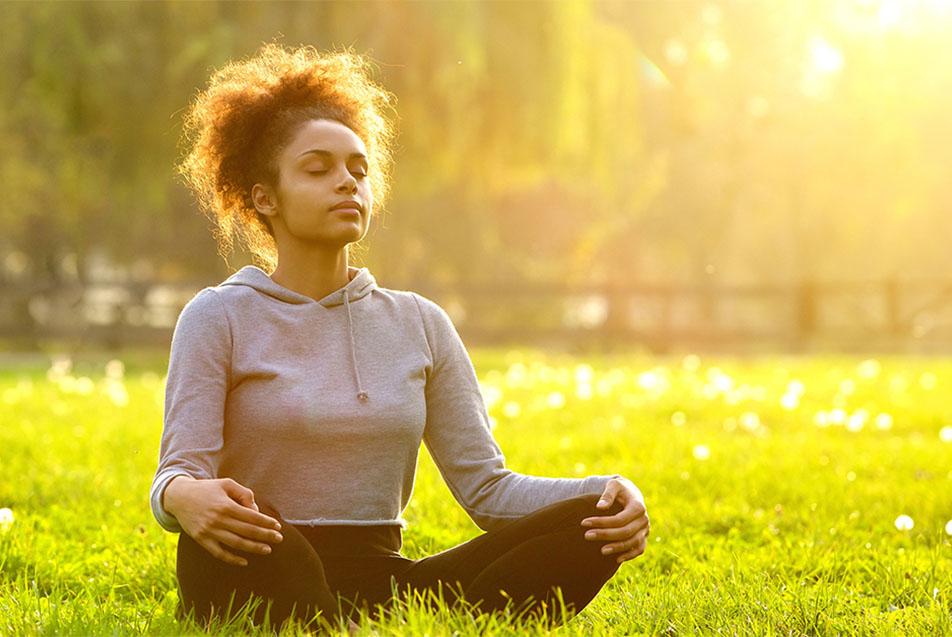Begin Your Trip: Easy Steps on Just How to Practice Meditation for Beginners
Meditation, often viewed as an elusive technique booked for the experienced, can in fact work as a fundamental tool for anybody seeking clarity and tranquility in their everyday life. By understanding its basic concepts and establishing a favorable setting, beginners can unlock the possible benefits of this method. As you begin to check out the crucial steps-- such as finding an ideal area and grasping breathing techniques-- you may find difficulties that could enhance your experience. The journey of reflection holds more depth than one might expect, inviting more exploration into its transformative facets.
Recognizing Meditation Essentials
Meditation functions as an effective device for boosting psychological quality and emotional wellness. At its core, reflection is a method of focused attention and awareness, allowing people to grow a much deeper understanding of their thoughts and feelings. By involving in this technique, practitioners can achieve a state of leisure and mindfulness, which can significantly lower stress and stress and anxiety levels.
Understanding the fundamentals of meditation entails familiarizing oneself with different methods, such as mindfulness, loving-kindness, and transcendental reflection. How to meditate?. Each technique has its one-of-a-kind method, yet all share an usual objective: to promote a sense of internal peace and self-awareness. Novices should start with straightforward techniques, such as focusing on the breath or observing thoughts without judgment
In addition, uniformity is crucial. Developing a regular meditation routine, even if only for a couple of minutes each day, can yield significant benefits over time. As people progression in their technique, they might find their ability to concentrate improves, leading to higher emotional security and strength. Ultimately, meditation is not merely a retreat from fact; it is an extensive journey toward higher self-discovery and overall psychological health and wellness.
Finding Your Ideal Space
Producing a conducive setting for reflection is vital for maximizing its advantages. Your chosen area should promote serenity, allowing you to concentrate internal without distractions. Begin by picking an area that feels safe and comfy, whether it be a quiet corner of your home, a yard, or a neighborhood park.
Soft lights can improve relaxation, while natural light can revitalize your spirit. Make certain the area is totally free from clutter, as a neat atmosphere cultivates a clear mind.
Audio plays a substantial function in your meditation room. Go for a silent area to lessen interruptions, or use soft background songs or nature sounds if you discover silence unsettling (How to meditate?). The temperature should likewise fit; neither as well cold nor as well hot, to stop disturbance throughout your technique
Last but not least, personalizing your area with meaningful objects-- such as crystals, photos, or meaningful quotes-- can produce find more a much deeper link to your technique. By attentively curating your environment, you established the phase for a more profound and reliable meditation experience.
Selecting a Comfy Position
Discovering the appropriate setting for meditation is crucial to maintaining focus and comfort throughout your practice. The optimal stance allows for both physical security and psychological alertness, making it simpler to focus on your meditation goals.
If this setting is uncomfortable, think about making use of a pillow to elevate your hips, which can ease stress on your knees and back. A chair can supply the required assistance, allowing your feet to rest level on the ground, making sure stability and convenience.
You might additionally select to rest if sitting is not ideal for you, however be cautious, as this can bring about drowsiness. Whatever placement you pick, make certain that your body is relaxed yet alert. Maintain your shoulders back and your hands resting easily on your lap or knees. Ultimately, the most effective position is one that feels all-natural to you and enables you to maintain emphasis, helping with a deeper connection with your reflection technique.
Breathing Methods to Start
Beginning your reflection exercise with effective breathing techniques can dramatically improve your experience. Breath acts as the structure of reflection, supplying a centerpiece that aids anchor your mind and grow mindfulness.
To begin, exercise diaphragmatic breathing, which engages the diaphragm and advertises much deeper inhalation. Hold your breath for a matter of four, then exhale gradually with your mouth for a count of 6, permitting your abdomen to fall.
One more valuable technique is the 4-7-8 approach. Inhale with your nose for a matter of 4, hold your breath for seven counts, and exhale gradually with your mouth for eight counts. This pattern not just calms the mind yet likewise minimizes stress and anxiety, making it less complicated to settle right into your meditation practice.
Trying out these strategies to discover what resonates finest with you, and remember to keep a kicked back pose and an open mind as you start your journey into meditation.
Tips for Consistency and Growth

Creating a welcoming meditation room is additionally vital. Furthermore, think about using assisted webpage meditations or meditation applications, which can supply framework and variety to your sessions.
Begin with short durations, gradually boosting the moment as you come to be much more comfy. This step-by-step technique not only makes reflection much less overwhelming yet also permits your method to expand organically. Tracking your progress in a journal can likewise be useful; noting your experiences and sensations after each session can enhance self-awareness and motivation.
Finally, keep in mind that reflection is a personal journey. Endure on your own and embrace the discovering procedure, understanding that uniformity and growth are constructed over time.
Verdict
In conclusion, reflection serves as a useful method for promoting psychological quality and emotional well-being. By comprehending the basic concepts of reflection, choosing a proper space, adopting a comfortable position, and using effective breathing techniques, individuals can begin on a fulfilling meditation trip.
Recognizing the essentials of meditation entails familiarizing oneself with numerous techniques, such as mindfulness, loving-kindness, and transcendental reflection. Ultimately, the ideal position is one that feels all-natural to you and enables you to maintain focus, promoting a deeper link with your meditation method.
Establishing a routine reflection technique can dramatically improve your mindfulness trip and individual development. Additionally, think about utilizing guided reflections or meditation applications, which can provide framework and variety to your sessions.

Comments on “How to Meditate? Discovering Different Methods for a Peaceful Mind”